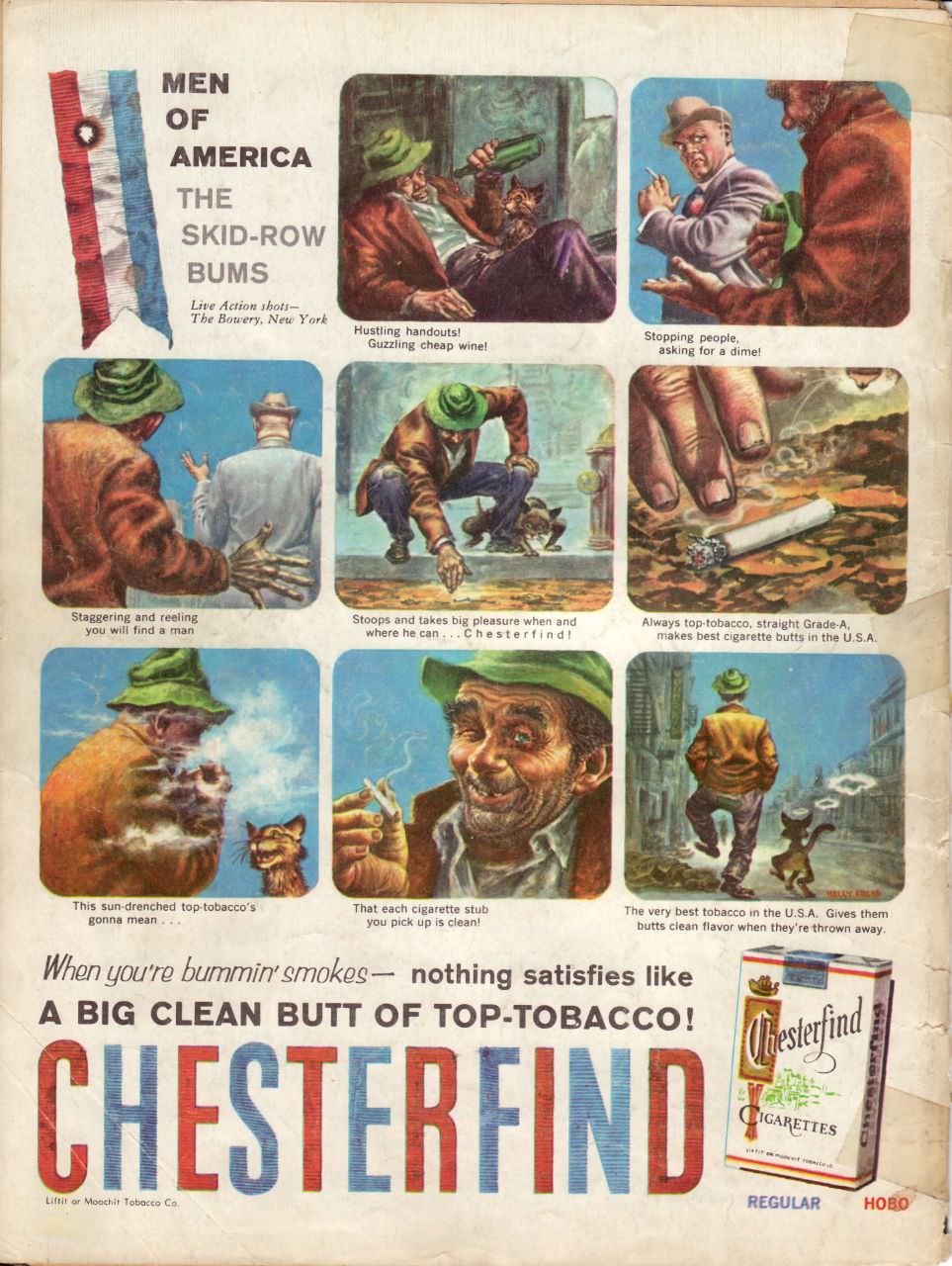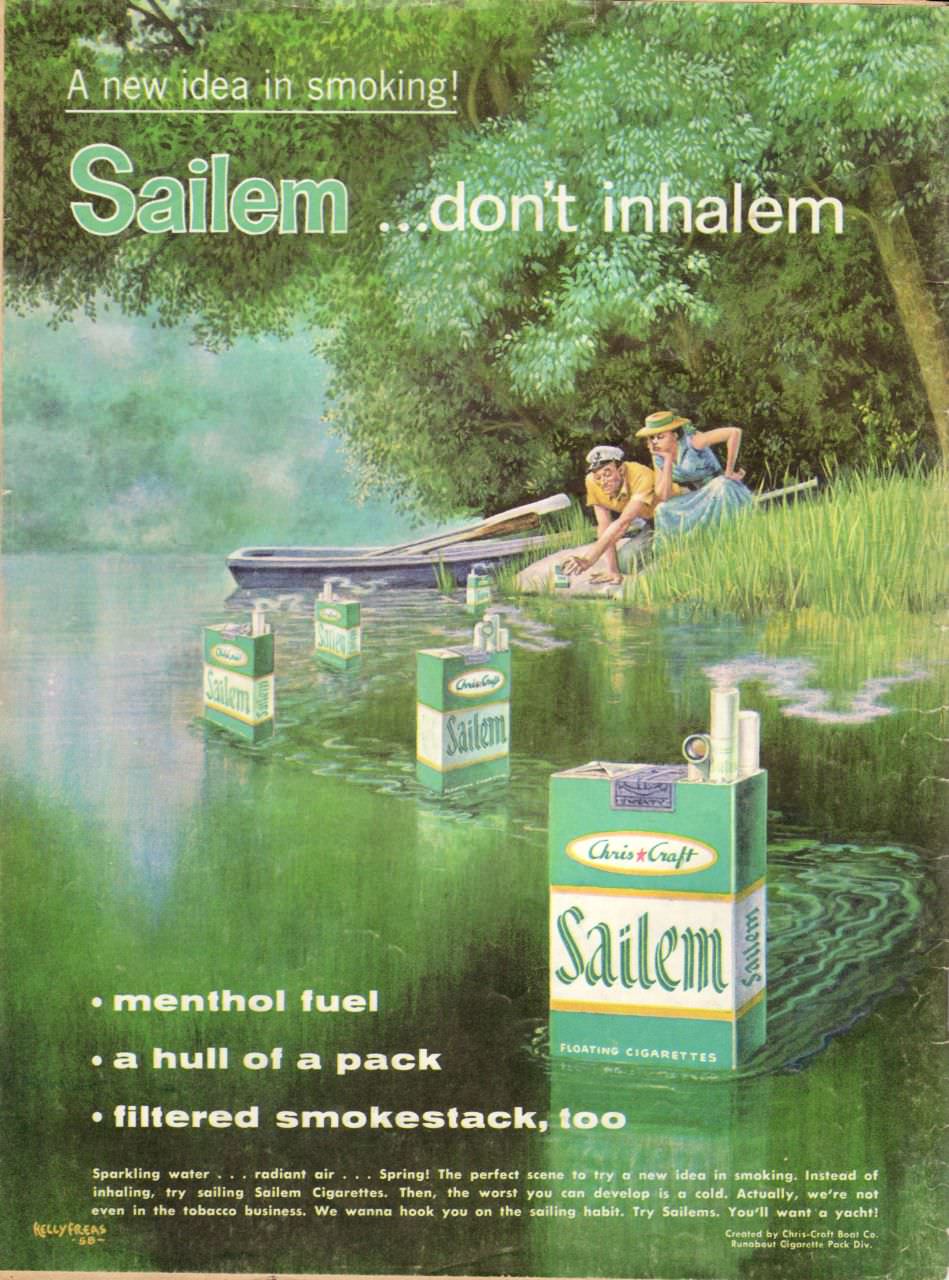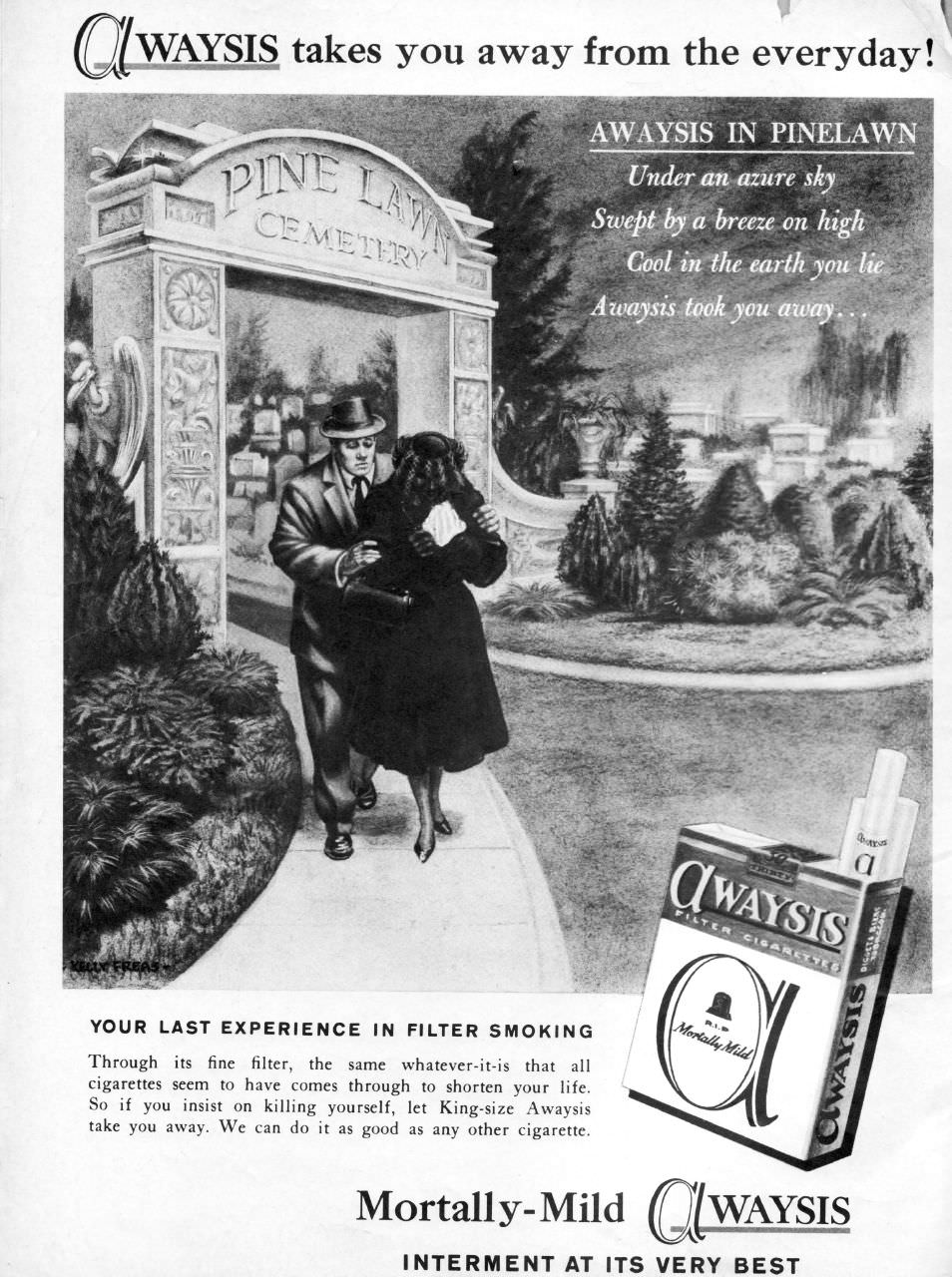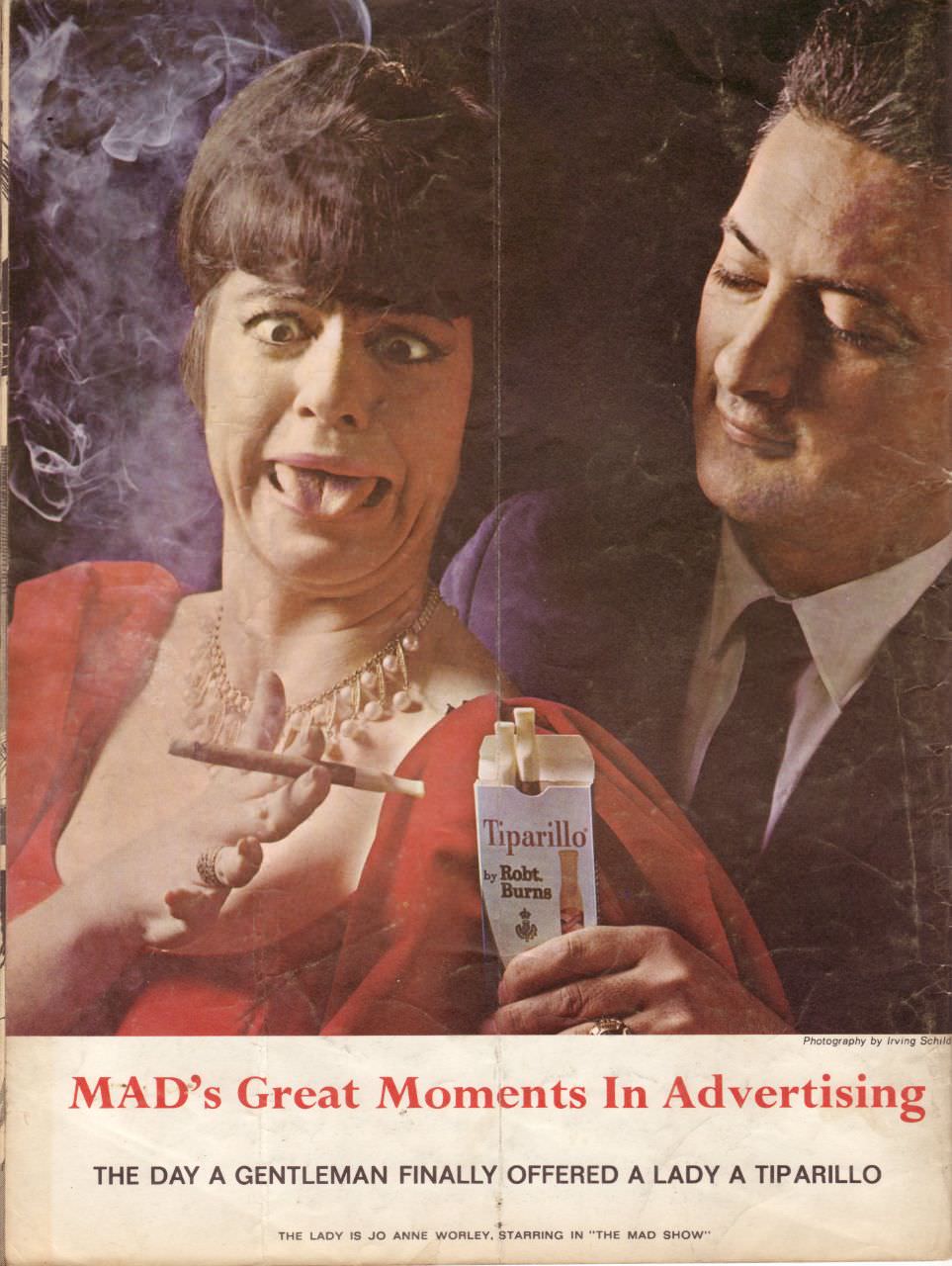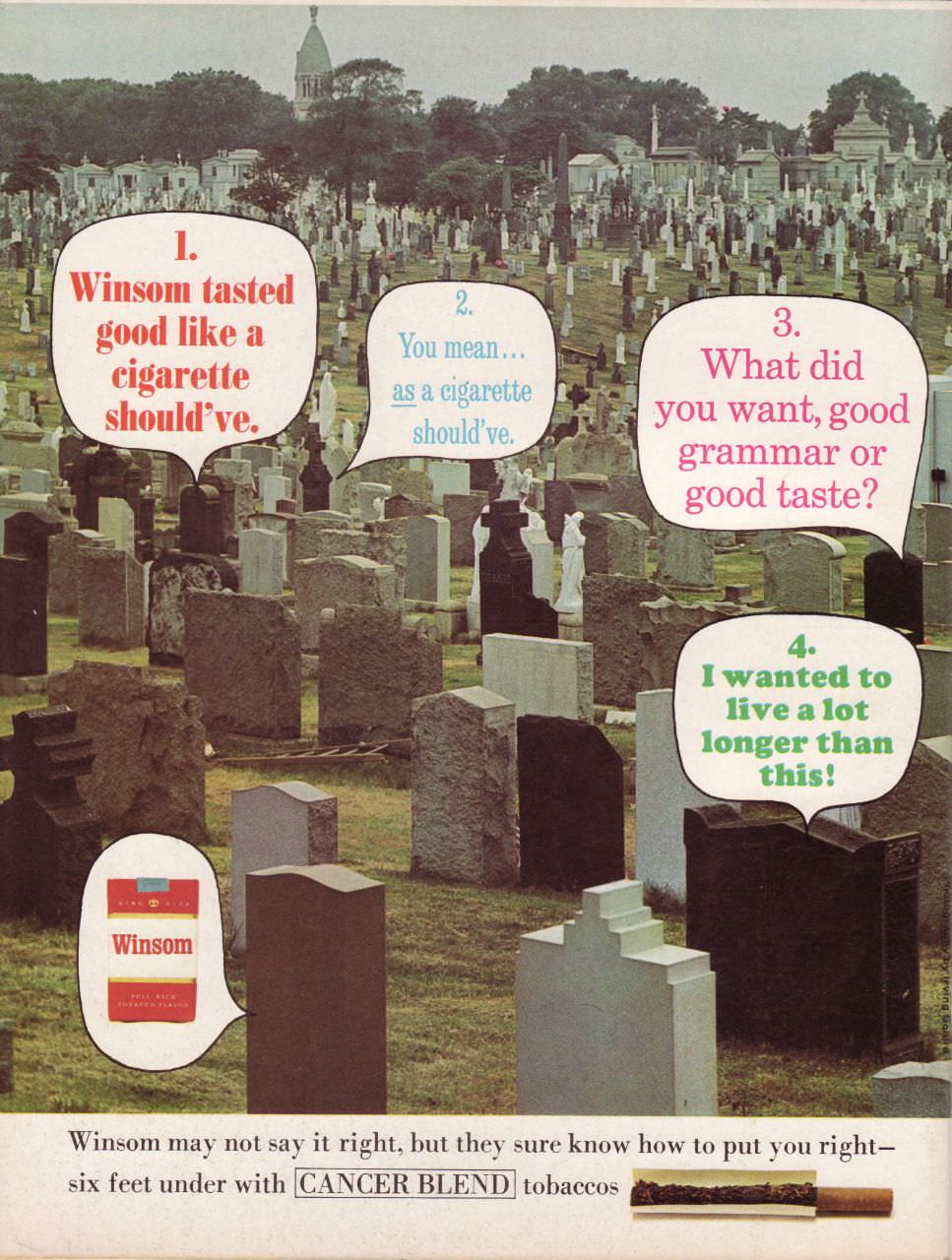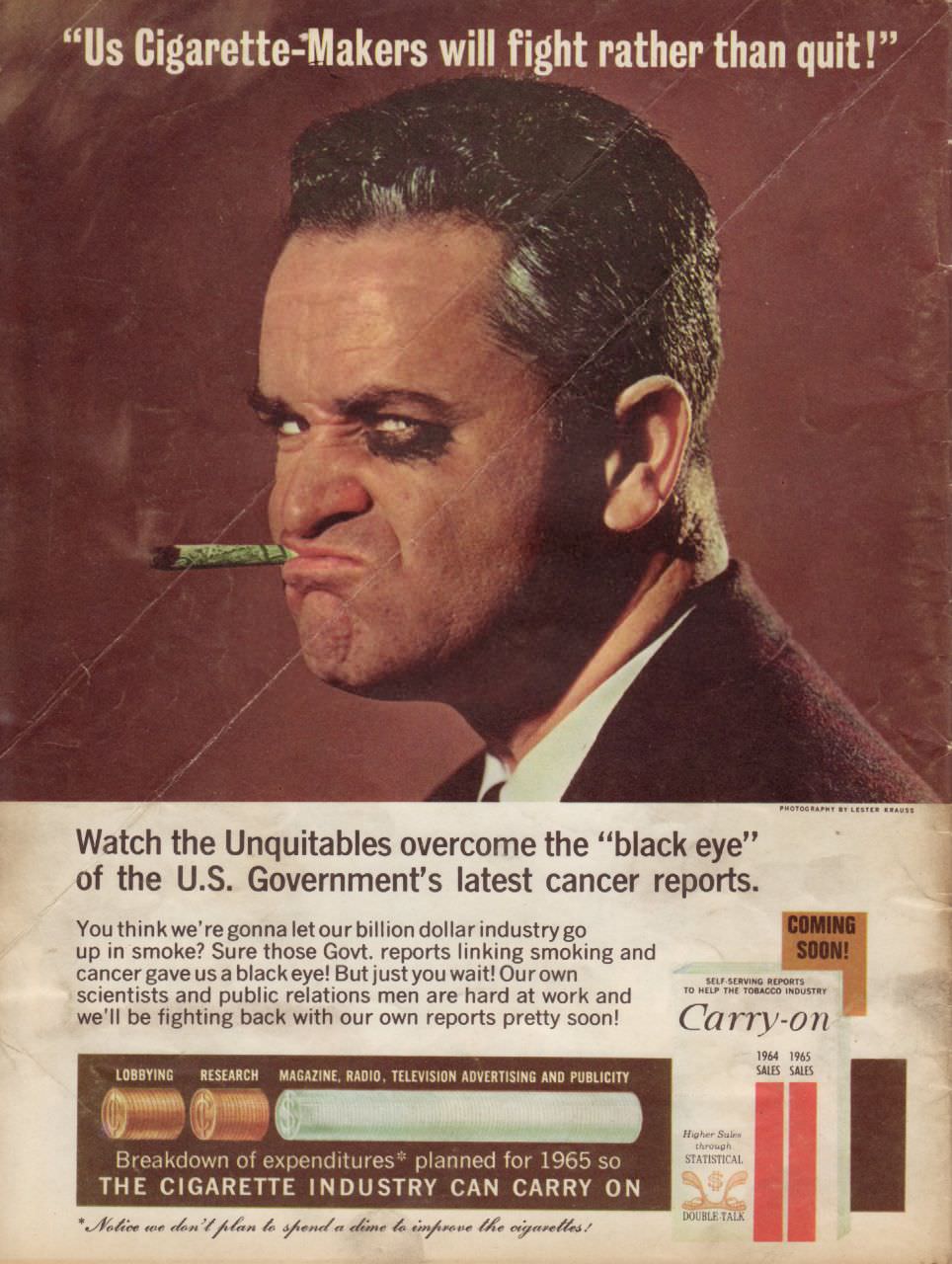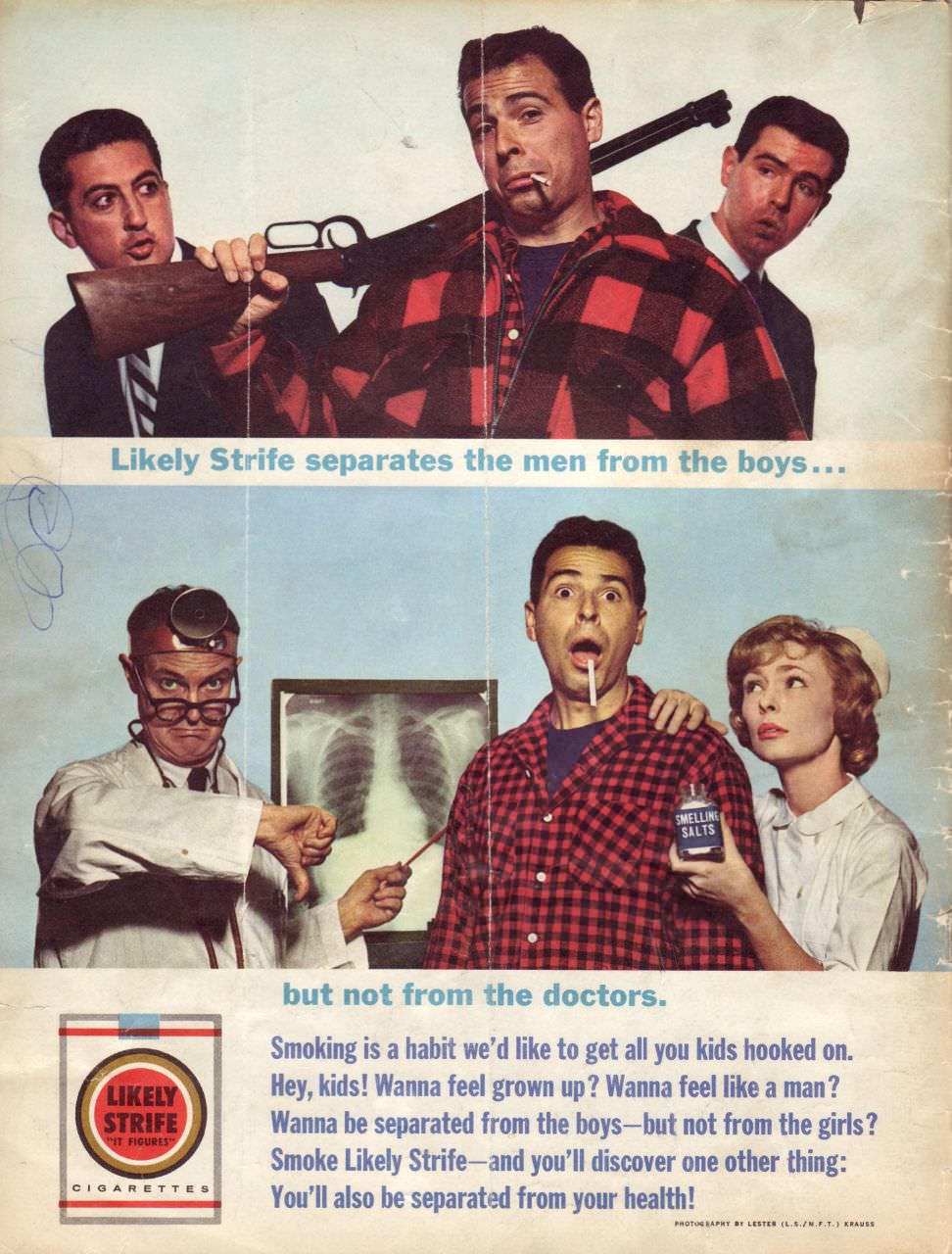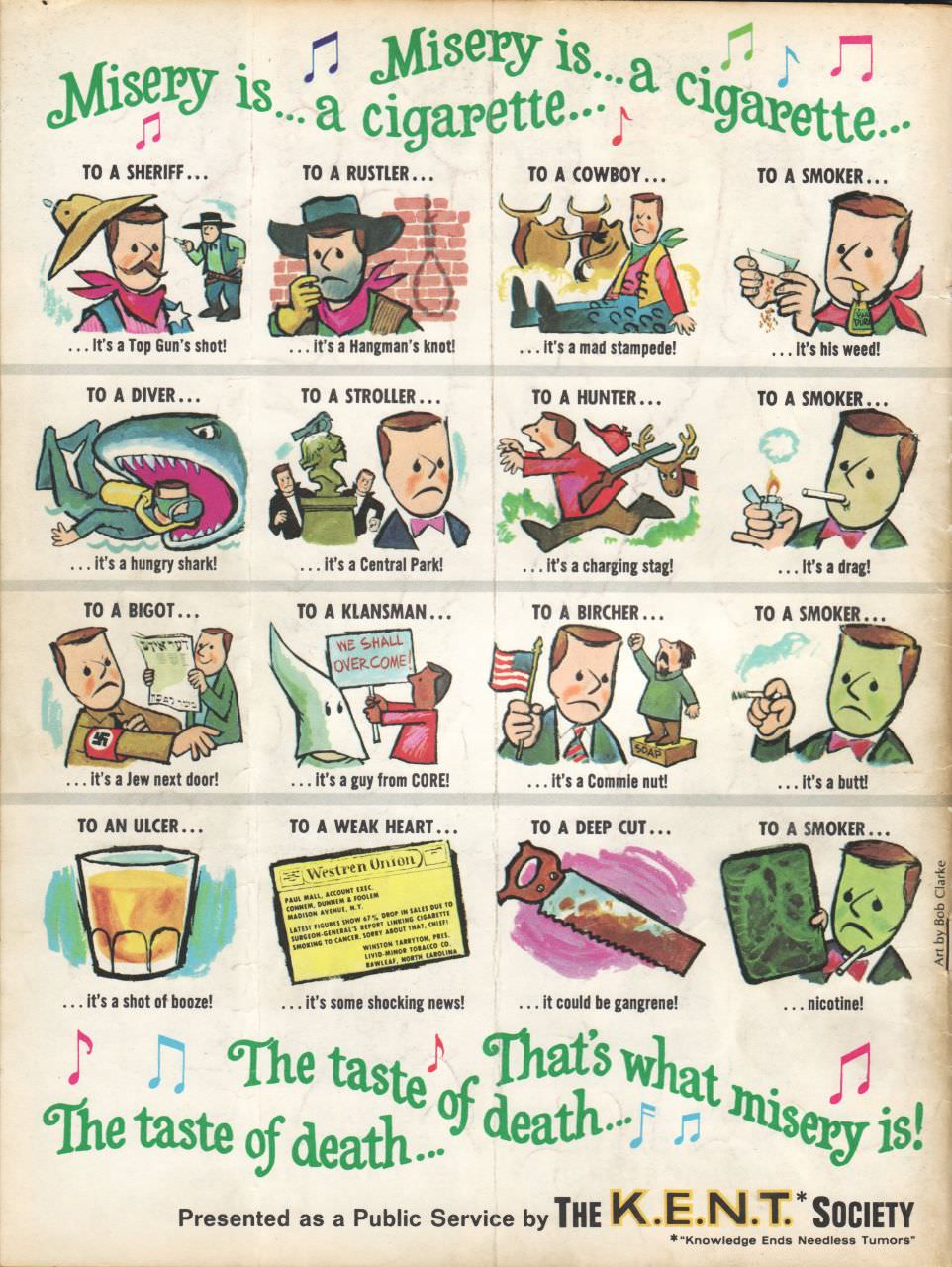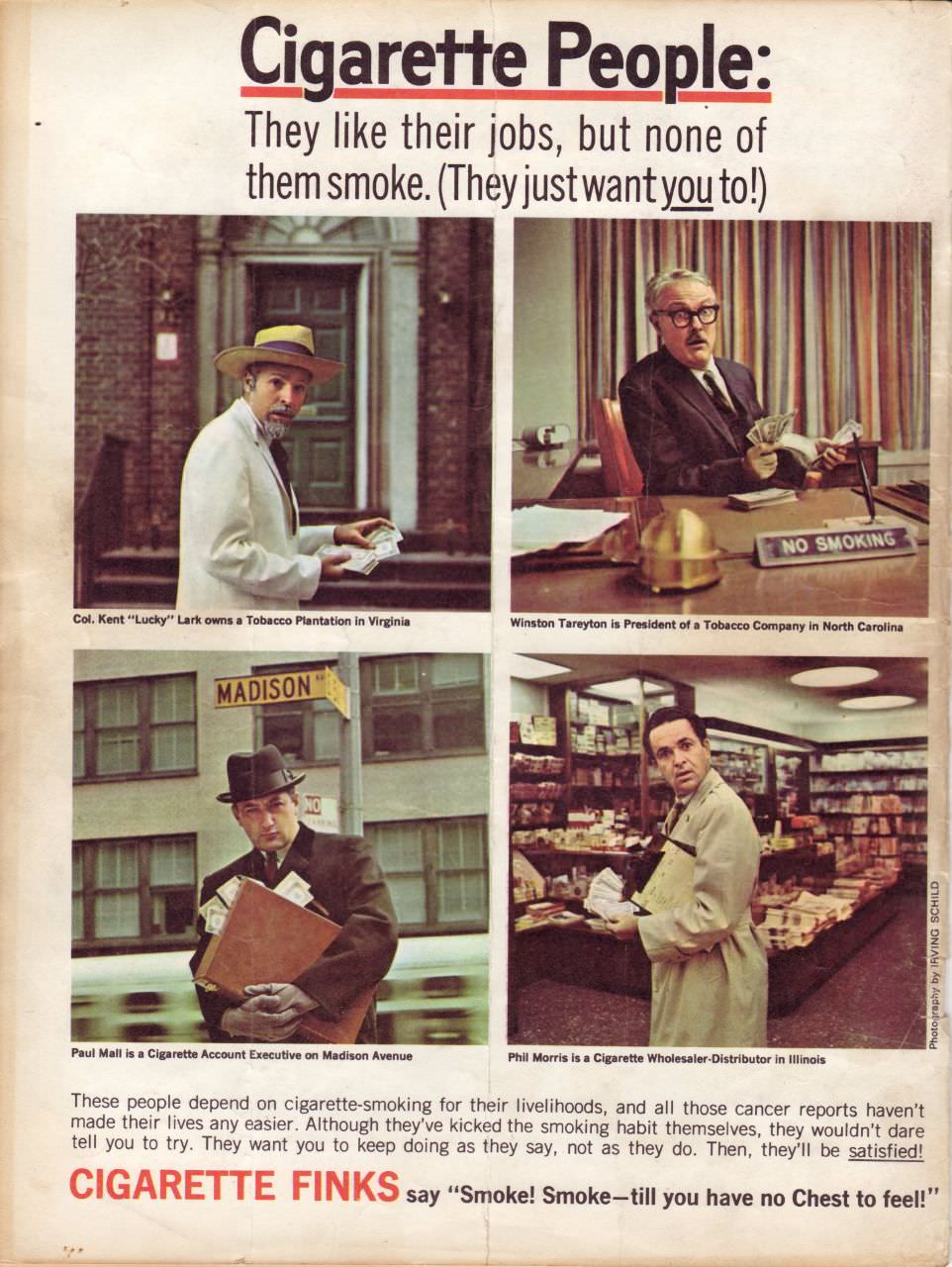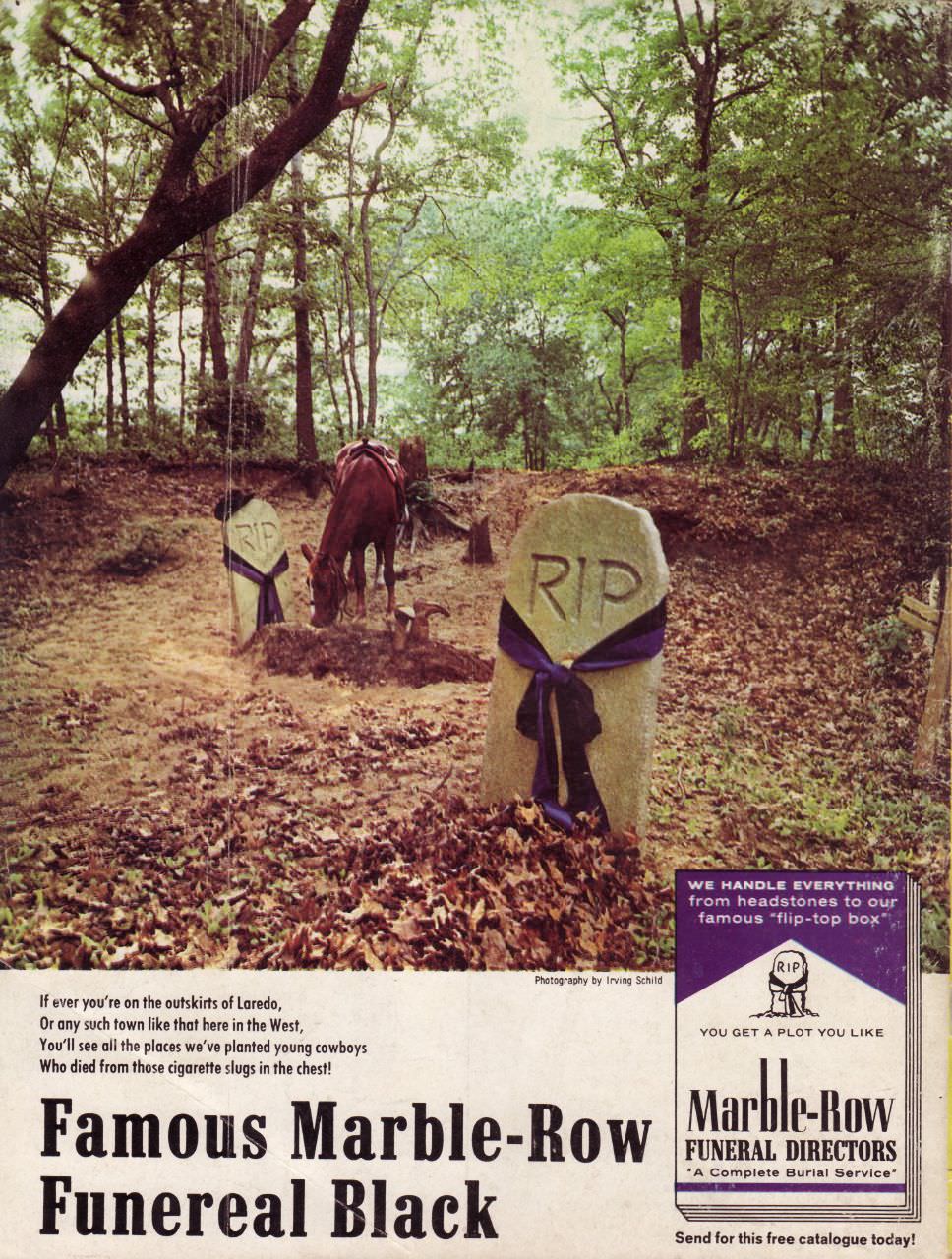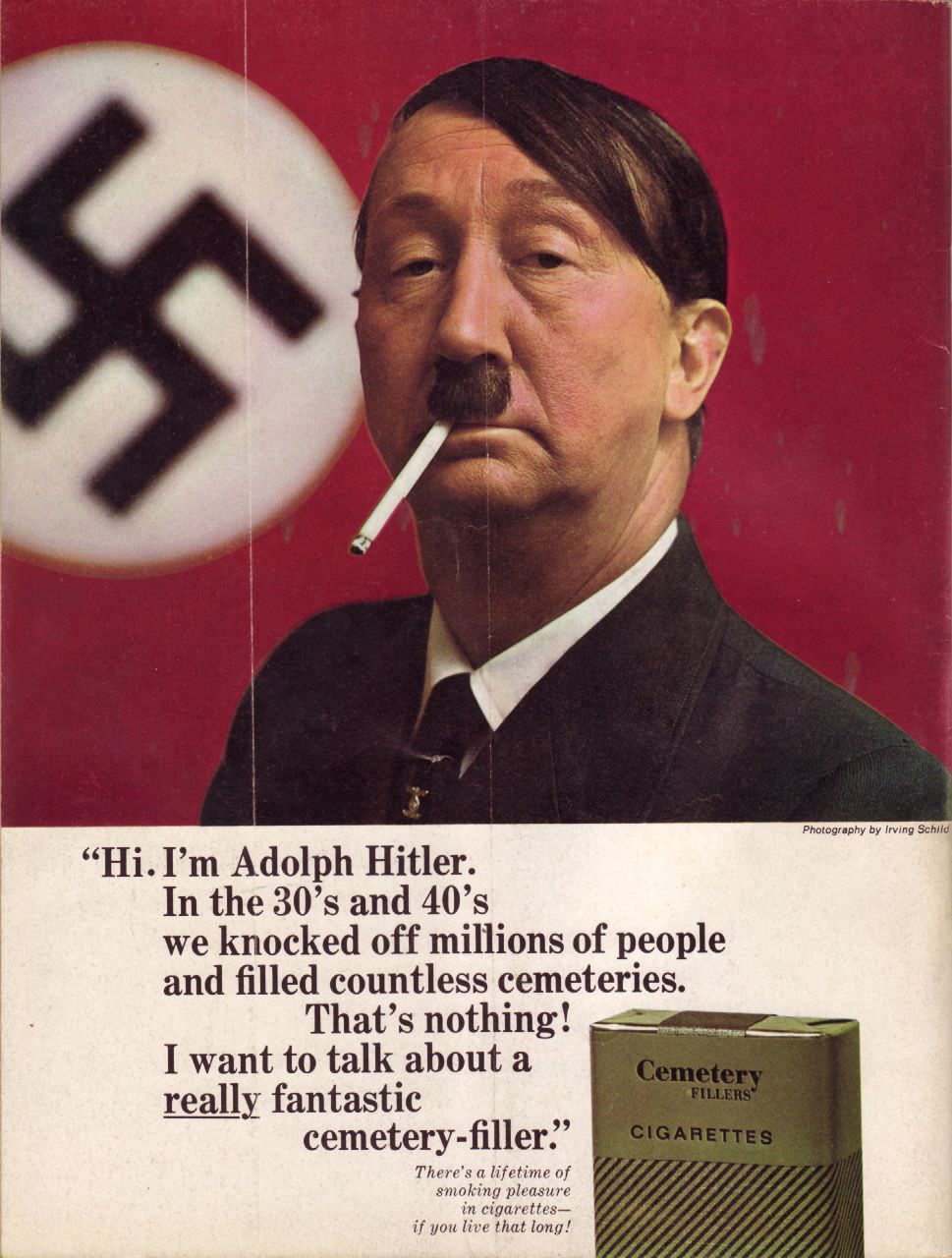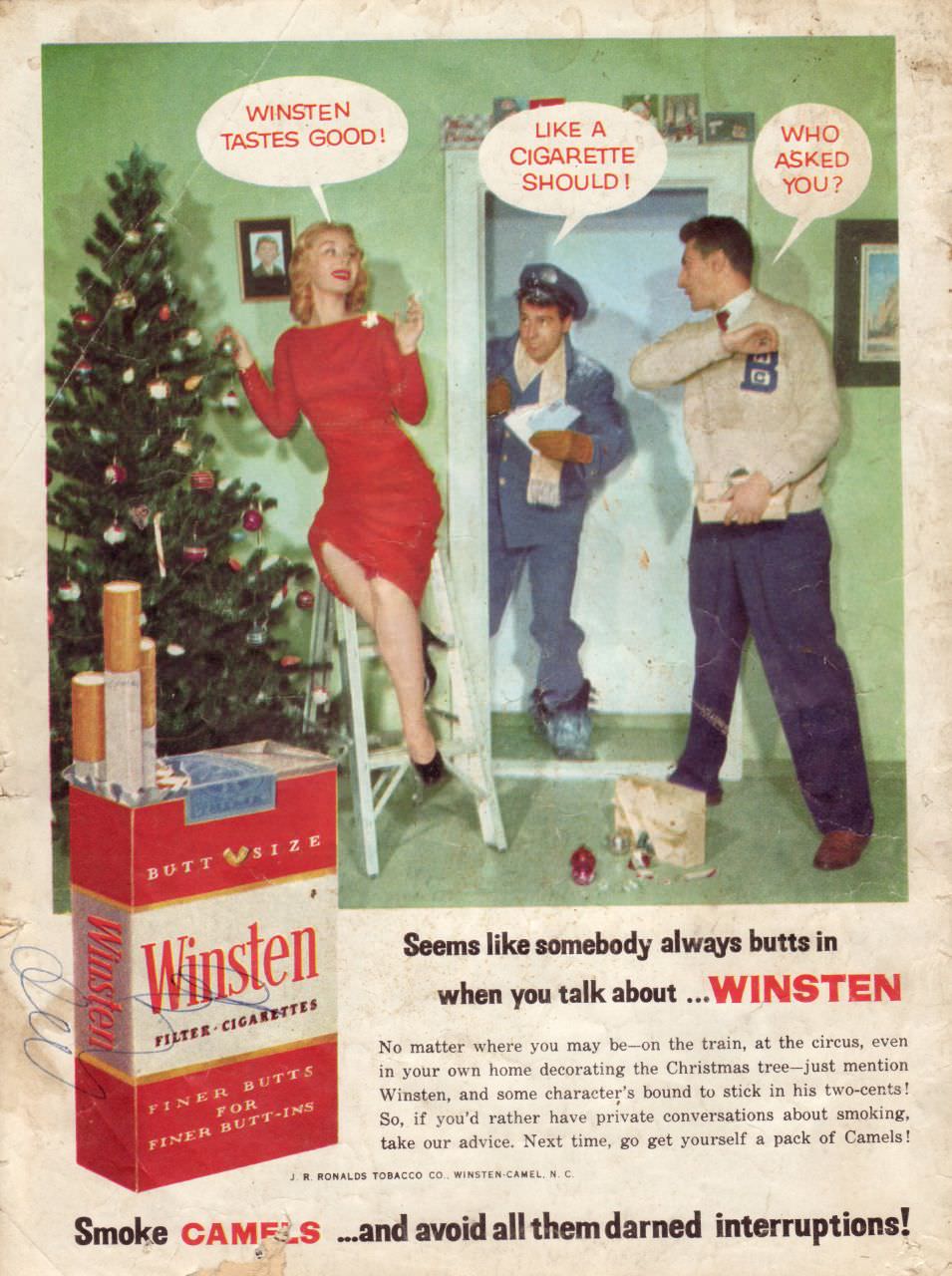In the bygone era of the 1950s, 60s, and 70s smoking wasn’t merely a habit; it was a status symbol, a badge of coolness. Movies and TV shows portrayed suave characters with cigarettes dangling from their lips, exuding an air of sophistication and rebellion. Print ads filled magazines, showcasing smiling doctors endorsing brands, athletes lighting up after a win, and beautiful women with cigarettes as their ultimate accessory.
Tobacco companies were masters of manipulation, crafting campaigns that tapped into people’s desires for acceptance, adventure, and even love. They promised that smoking would make you more attractive, more confident, and more successful. They targeted young people with ads featuring cartoon characters and catchy jingles, planting the seeds of addiction early on.
These companies even sponsored popular TV shows and sporting events, further embedding their products into everyday life. Cigarettes became synonymous with the good life, a must-have for anyone who wanted to be part of the in-crowd.
Read more
But behind the smoke and mirrors, a different reality was emerging. Scientists were uncovering the devastating health effects of smoking, linking it to lung cancer, heart disease, and a host of other ailments. This growing body of evidence clashed with the tobacco industry’s carefully constructed image of smoking as a harmless pleasure.
MAD Magazine: The Anti-Smoking Maverick
Enter MAD Magazine, a satirical publication known for its irreverent humor and fearless takedowns of popular culture. Unlike other magazines that relied on tobacco advertising revenue, MAD was fiercely independent. This allowed them to launch a relentless campaign against Big Tobacco, using their signature wit and sarcasm to expose the industry’s lies and hypocrisy.
MAD’s anti-smoking ads were a brilliant blend of parody and social commentary. They took the familiar tropes of tobacco advertising – the glamorous models, the catchy slogans, the celebrity endorsements – and turned them on their head. One ad featured a coughing, wheezing doctor with the tagline “More doctors smoke Camels than any other cigarette,” a sly jab at a popular ad campaign. Another ad showed a woman with a cigarette-shaped hole burning through her dress, captioned “Get the knockout look.”
The magazine’s artists and writers didn’t hold back, using their creativity to create ads that were both hilarious and thought-provoking. They skewered the tobacco industry’s claims of health benefits, mocked their attempts to target children, and even created their own fictional brand of cigarettes called “Cancerettes,” complete with a skull and crossbones logo.
MAD’s campaign wasn’t just about mocking the tobacco industry, it was about empowering readers to think critically about the messages they were being bombarded with. By using humor and satire, MAD made it cool to question authority and challenge the status quo. They gave young people a way to push back against the slick marketing tactics of Big Tobacco.
The magazine’s back covers became a battleground for truth and satire, where the glossy illusions of tobacco advertising were shattered by sharp wit and creative subversion. MAD’s anti-smoking ads were more than just funny – they were a powerful weapon in the fight against a deadly epidemic. And while their impact may be hard to measure, there’s no doubt that they played a role in changing the conversation around smoking and helped to pave the way for a smoke-free future.


